The Science of Performance
As dutiful readers of InsideHook, you’ve no doubt come to understand that we believe life is meant to be an adventure — with apologies to variety, getting out of one’s comfort zone is the true spice of life.
So when the opportunity arose to join our friends at TAG Heuer in celebrating the launch of their new Autavia Isograph chronometer by putting the pedal to the proverbial metal at one of America’s premier race tracks, we were all for it.
And let ‘er rip we did, with the help of not only a pro driver skilled in the art of handling the sort of pressure only a motor vehicle at high speeds can deliver, but also a board-certified neurologist to help us understand what exactly happens to the human brain when said pressure is applied.
All things considered, your correspondent feels he did pretty well.
And in the aftermath of our little experiment, we tapped both our experts for a little extra intel on both driving like a bat out of hell as well as keeping that noodle of yours sharp should you need it for things like, well, driving like a bat out of hell.
Read on for those tips, along with some more info on TAG Heuer’s revolutionary new timepiece technology — you never know when you’ll need the perfect watch for your next adventure, whatever it may be.
Sincerely,

Danny Agnew, Creative Director
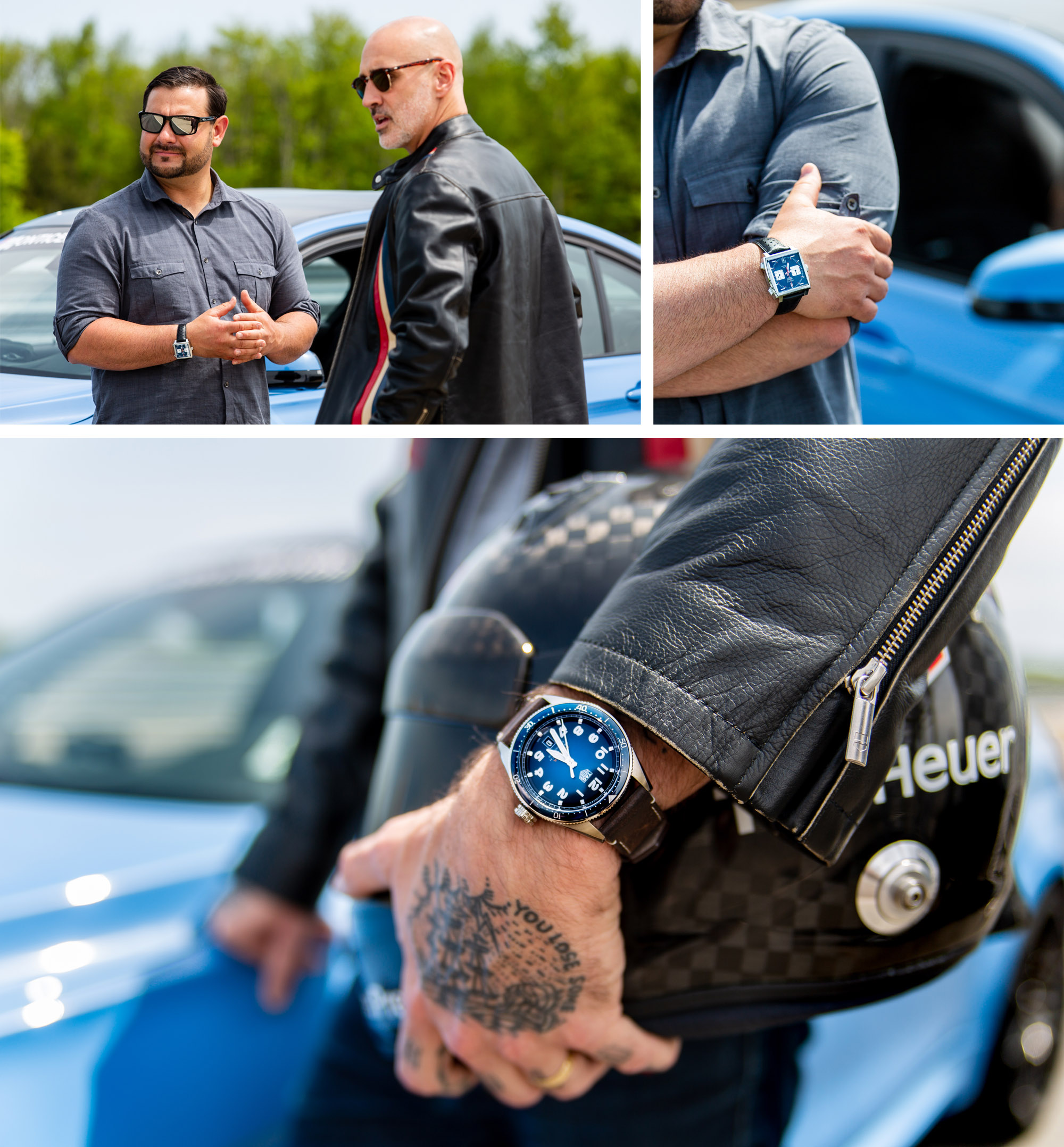
Tips From Our Driver
Monticello Motor Club track director Chris Duplessis is no stranger to the world of speed — he’s racked up eight championships (four at the national level) in Performance Rally motorsports and developed racing programs for everyone from Scion to Ford to Toyota. In short, the guy goes fast for a living. Below, a few of his tips on ripping up the track effectively:
1. Look up: Just like any physical sport, you can only know what you see. The track will appear to be coming at you faster if you’re looking over the edge of the hood. Look as far down the track as you can and continually scan the track.
2. Get coaching and be open to learning: Even the best race-car drivers can still learn from someone else.
3. Have fun and relax! The more fun you’re having, the less stress you bring into the car and the more you will be able to focus.
4. Start slow: Don’t get frustrated if not everything is clicking right away. Speed will come, but you have to learn proper line and technique to build confidence and eventually speed!
FROM OUR PARTNER
The Spirit of Adventure: The Newly-Redesigned TAG Heuer Autavia Isograph Chronometer
On any adventure — even those that don’t involve bombing around a race track at 100+ mph — a truly savvy gent shows up prepared.
And in terms of preparedness, we’ve found that it doesn’t get much better than the newly redesigned TAG Heuer Autavia chronometer. Inspired by the brand’s rich heritage in both the automotive world and that of aviation (the original Autavia watches, built from 1933 to 1957, were fitted to airplane and race car dashboards), this reimagined icon boasts a revolutionary piece of proprietary technology that TAG Heuer calls the ISOGRAPH.
Invented, patented and produced entirely in house, the ISOGRAPH is a first in the world of watchmaking: a state-of-the-art oscillator featuring a carbon-composite hairspring and tailor-made balance wheel that offer improved accuracy in the face of things like turbulence, extreme temperature fluctuations or magnetic fields. In other words, pretty much anything your adventurous lifestyle can throw at it.
Add to that a suite of elegant design cues and the fact that you can easily swap out the strap at will, and you’ve got yourself a timepiece that’ll carry you through not only your most high-octane endeavors, but also the more civilized ones you encounter in between.
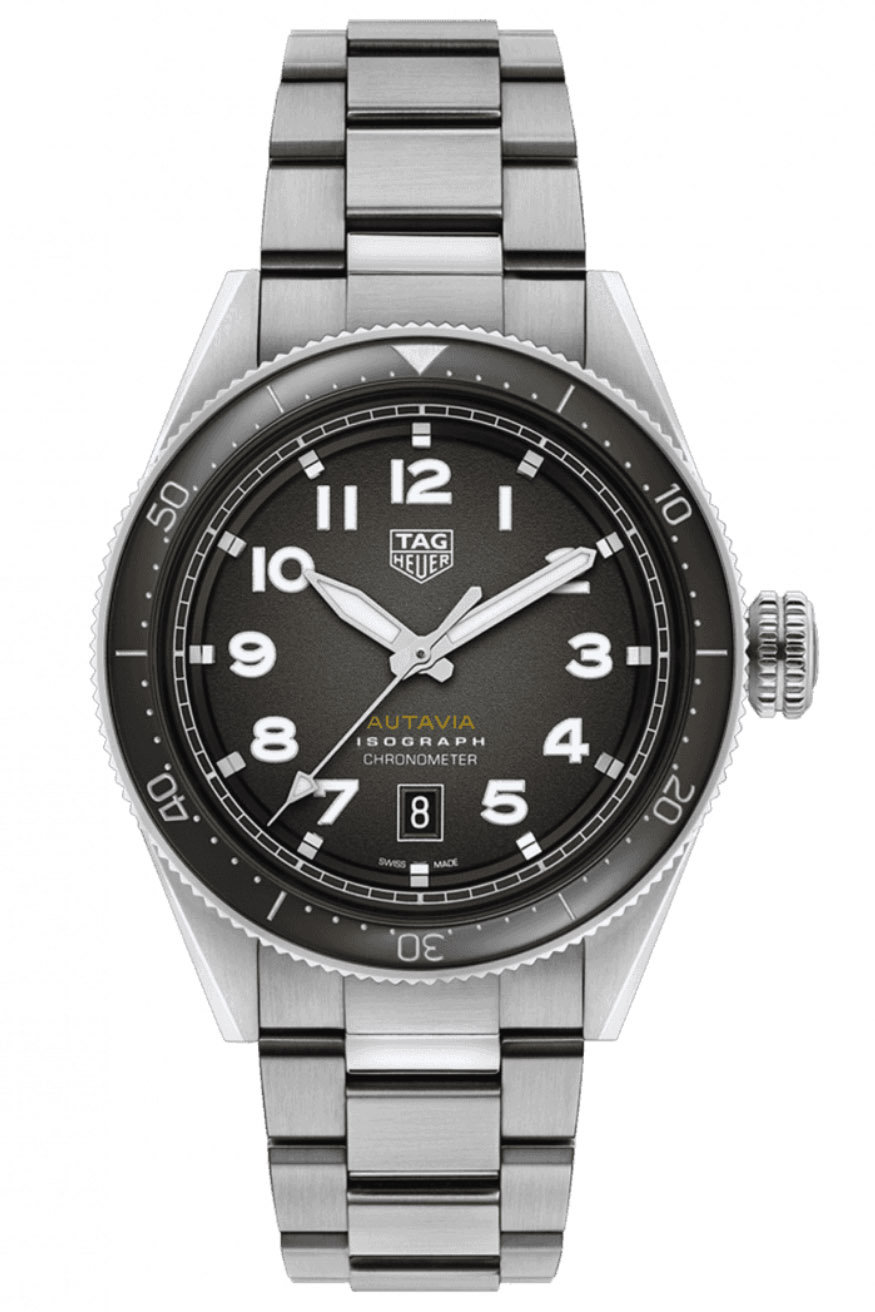
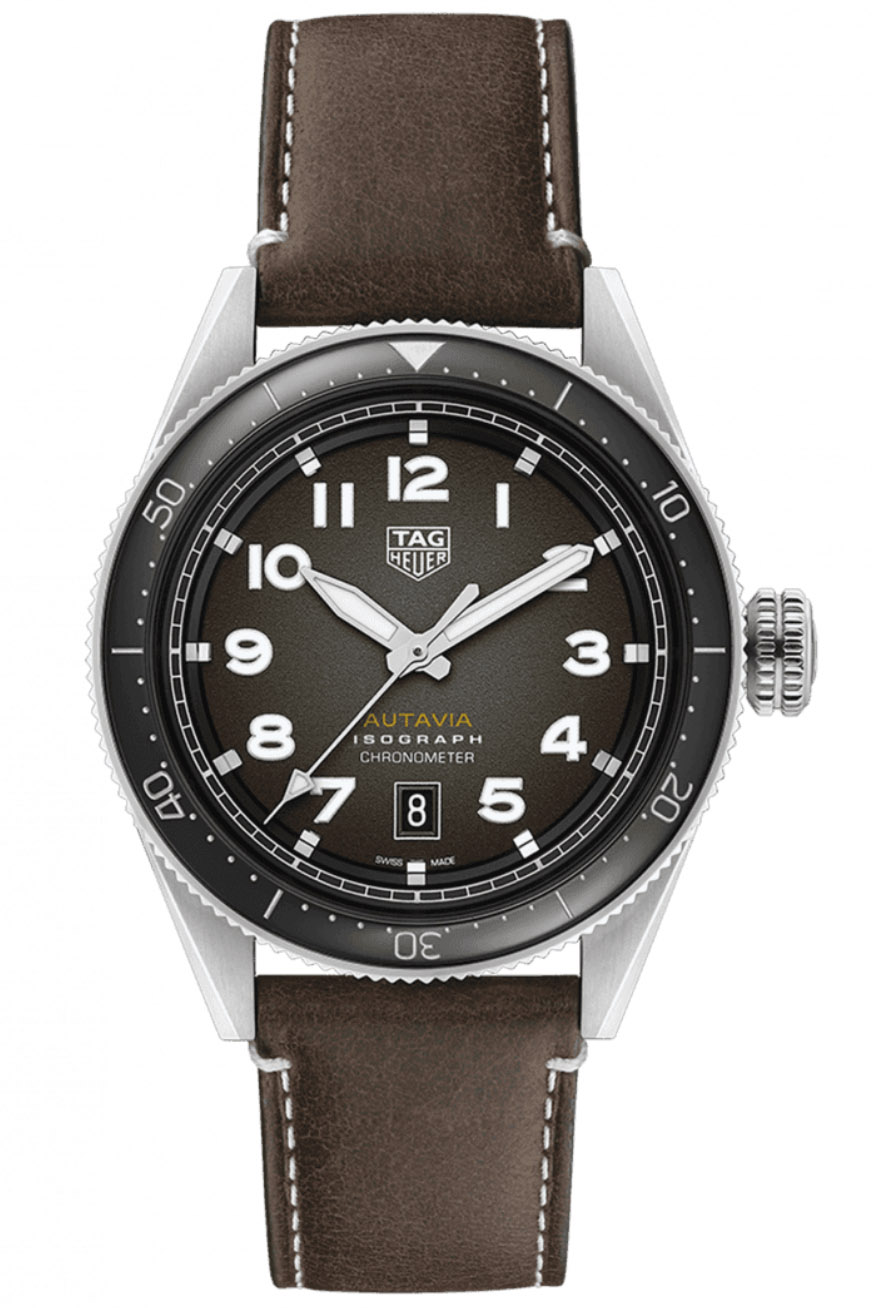
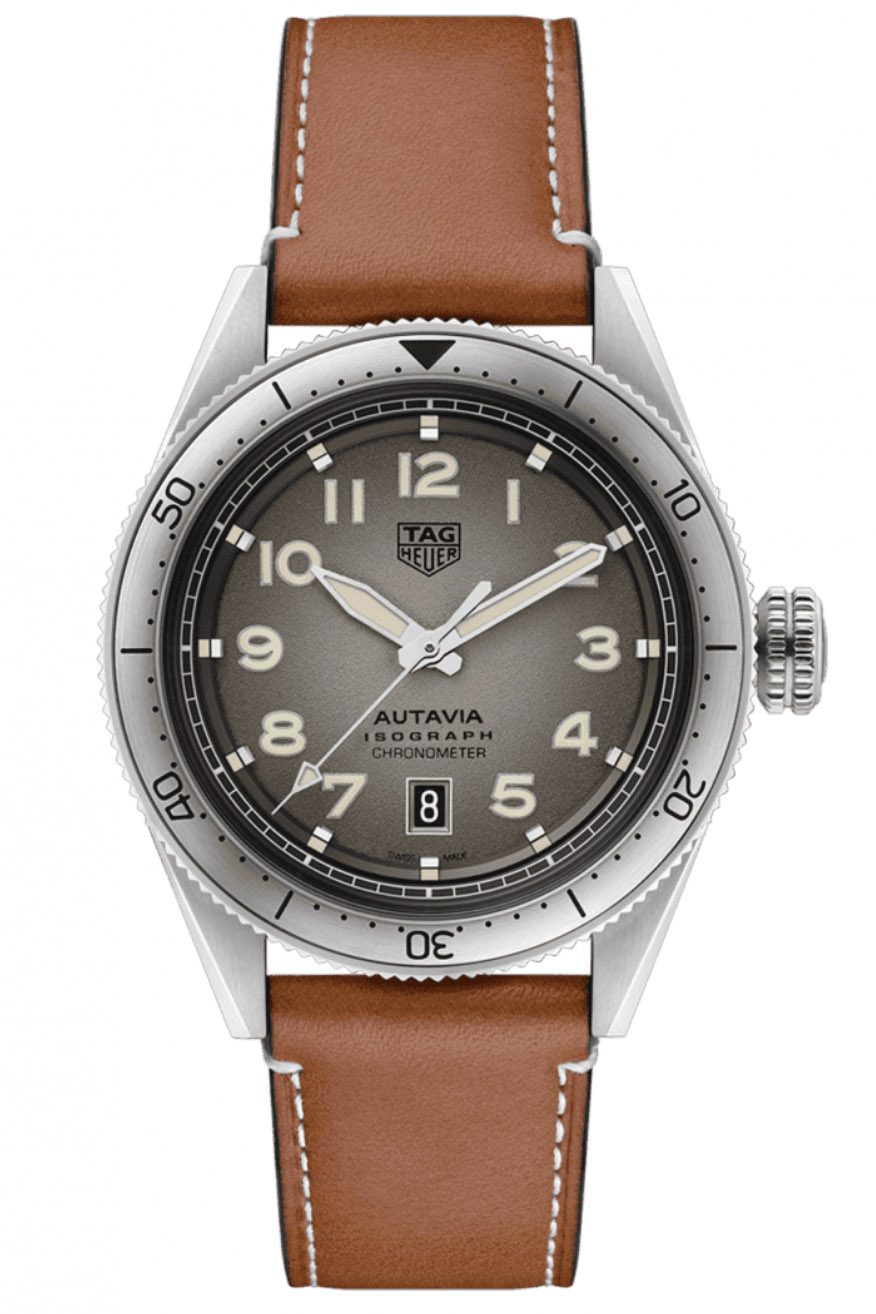
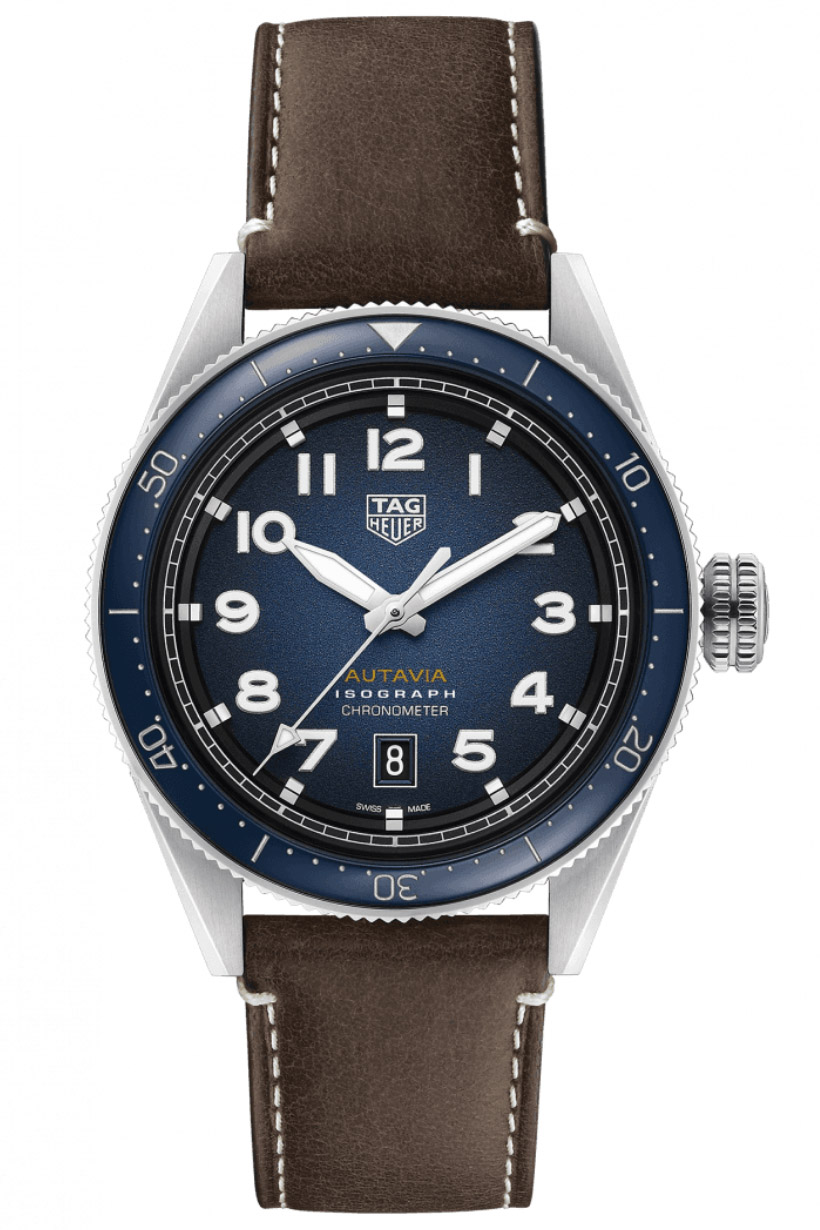
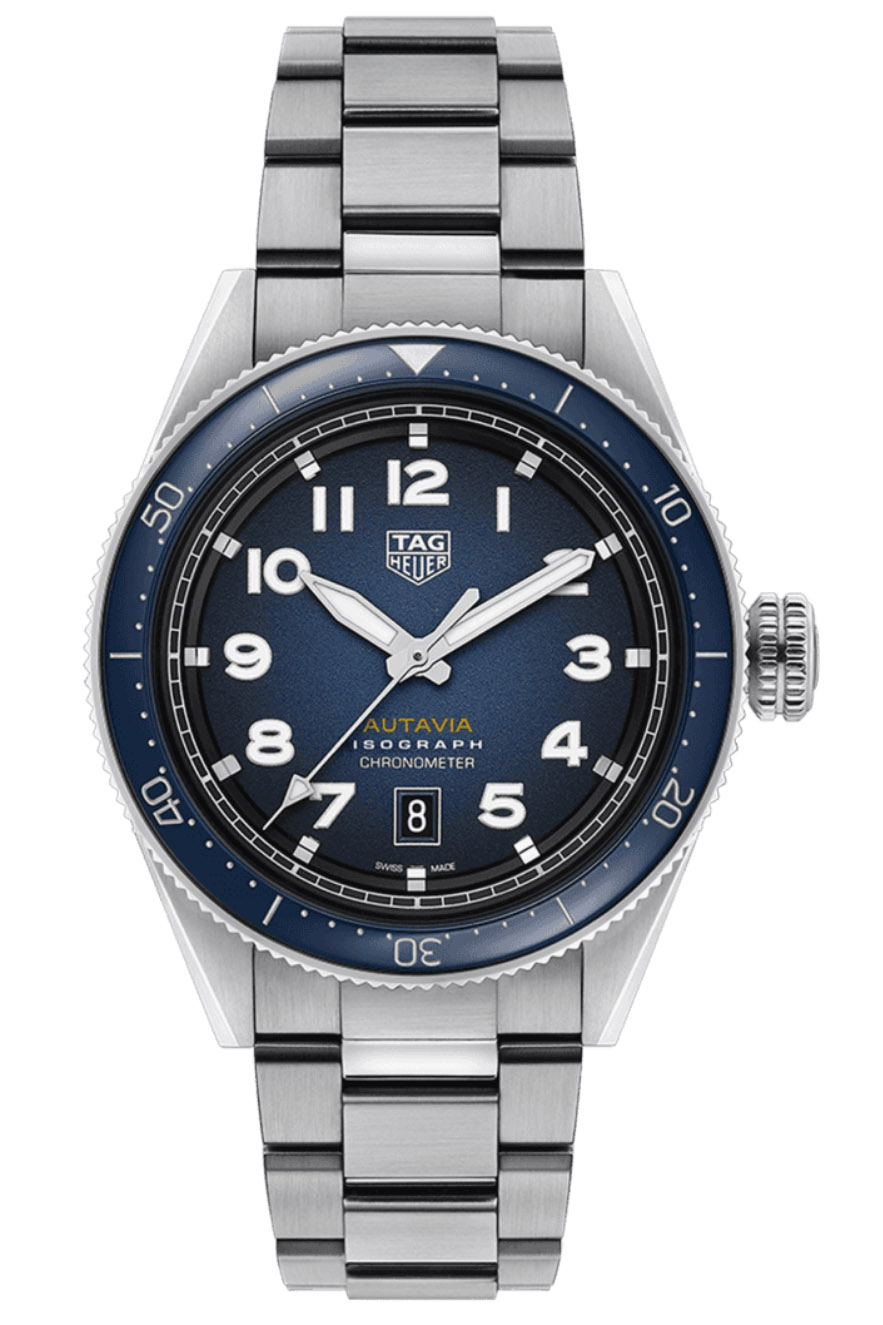
Want to learn more about what makes the new Autavia so special? We don’t blame ya — step right this way for more info.
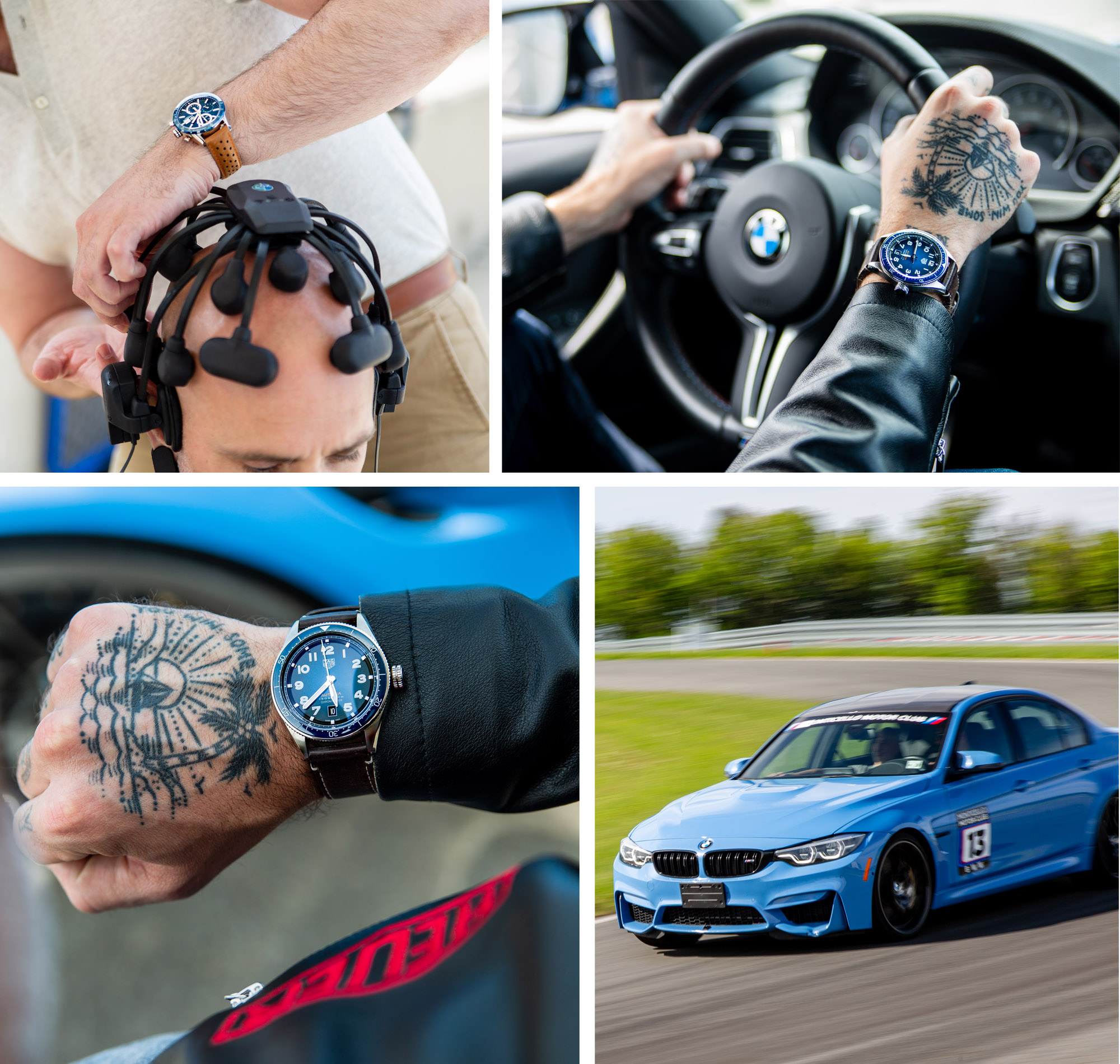
Tips From Our Doctor
Not only was our board-certified neurologist Dr. Williams an ace at interpreting the cornucopia of squiggly lines that indicated what was going on in your correspondent’s head, he was also a fountain of tips and tricks for keeping one’s brain in tip-top shape. Below, some of the tidbits we gleaned from him:
Regular moderate intensity exercise. This is newly recommended for the prevention of dementia. It helps prevent strokes and disease that can predispose one to stroke.
A healthy diet low in simple sugars. Helpful for the prevention of obesity and diabetes, risk factors for stroke.
Regular engagement in cognitively enriched activities (crosswords, reading, etc). May improve “cognitive reserve,” which can delay dementia and keep your brain well trained for problem solving and adapting to new challenges.
Get eight hours of sleep per night. Poor sleep appears to be a risk factor for developing dementia, and better sleep improves your ability to focus, eat healthier and improves overall cognition.
No smoking. Not only a risk factor for cancer, stroke and cardiovascular disease, it significantly increases risk of developing brain aneurysms.
Avoid excess alcohol intake. Also a risk factor for stroke as well as many diseases that predispose one to stroke, such as cardiovascular disease and obesity. Alcoholism itself can cause cognitive problems and even dementia.
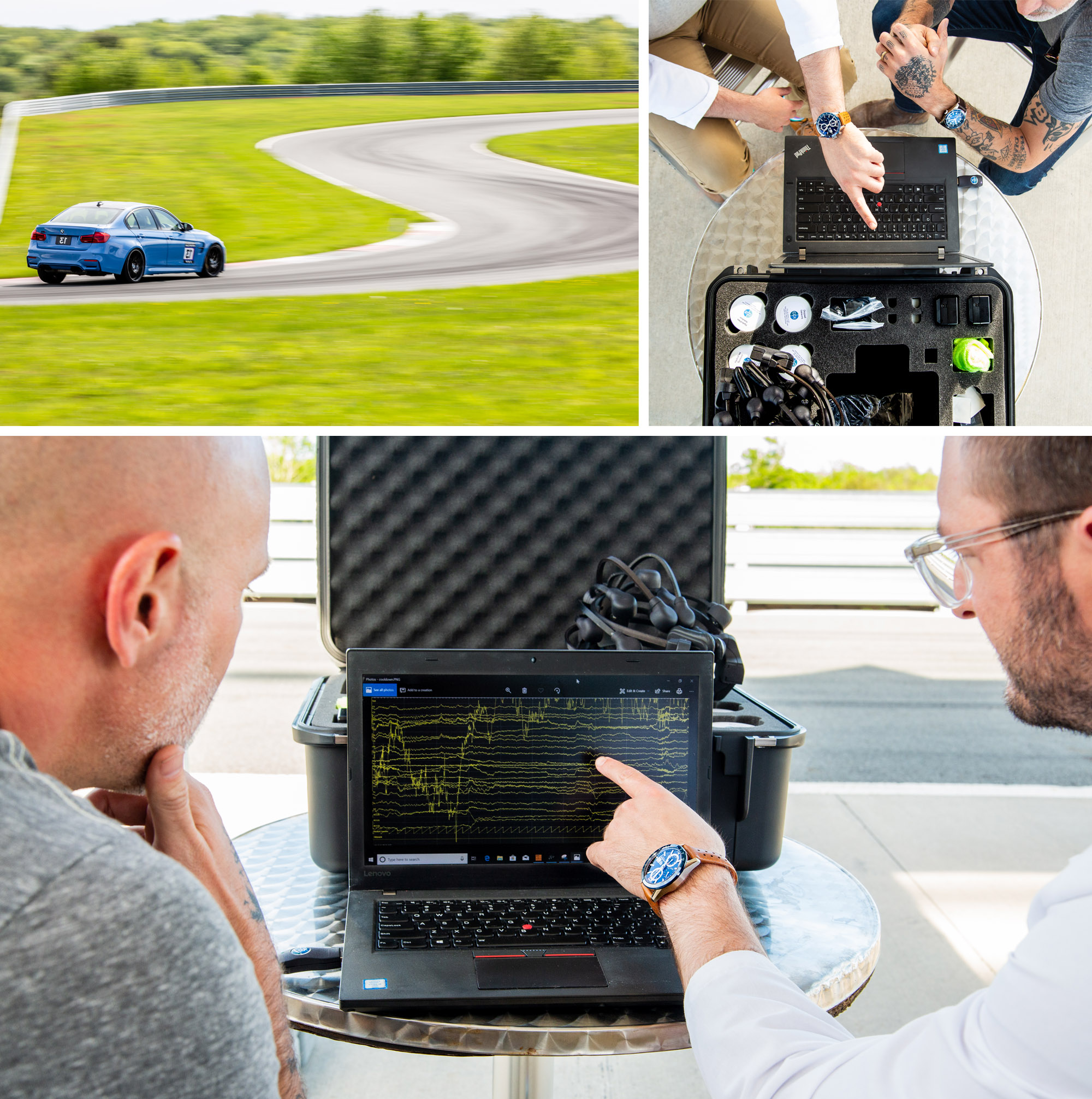
Danny’s Takeaways
1. Driving a race car, while nerve-racking, is an extraordinarily fun adventure. If you can find a track near you to give it a go, you 100% should do it — it’s like being encouraged to break all the rules you learned in driver’s ed.
2. Anyone can do it: I am widely regarded as a pretty awful driver, and after a few laps of coaching I was really holding my own. Chris told me that Monticello offers programs that can take a person with zero experience and get them licensed to properly race in three days.
3. A little bit of coaching goes a really long way: The difference from lap to lap (both in the video and afterward) was pretty astounding. It’s pretty amazing how fast your brain adapts to something you’ve never done before (and is also admittedly somewhat dangerous).
4. All this being said, riding with a pro for a “hot lap” really foregrounds the skill that comes with putting your proverbial 10,000 hours in: Not only was Chris doing things with the car that I couldn’t even fathom, but he was cool as a cucumber the entire time. If you go out to race, do not leave without the “holding on for dear life in the shotgun seat” experience.
5. Never hurts to have a good watch to time your laps.
Custom photography by Brandon Munoz
Product images courtesy of TAG Heuer





